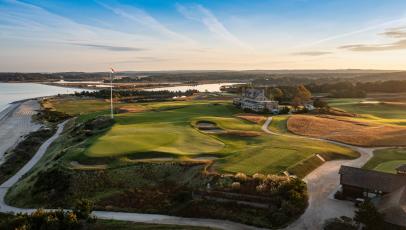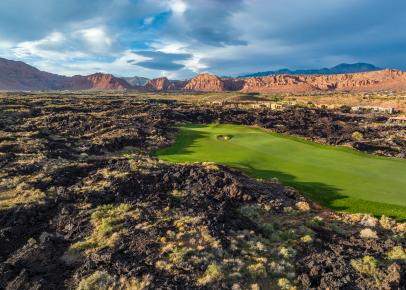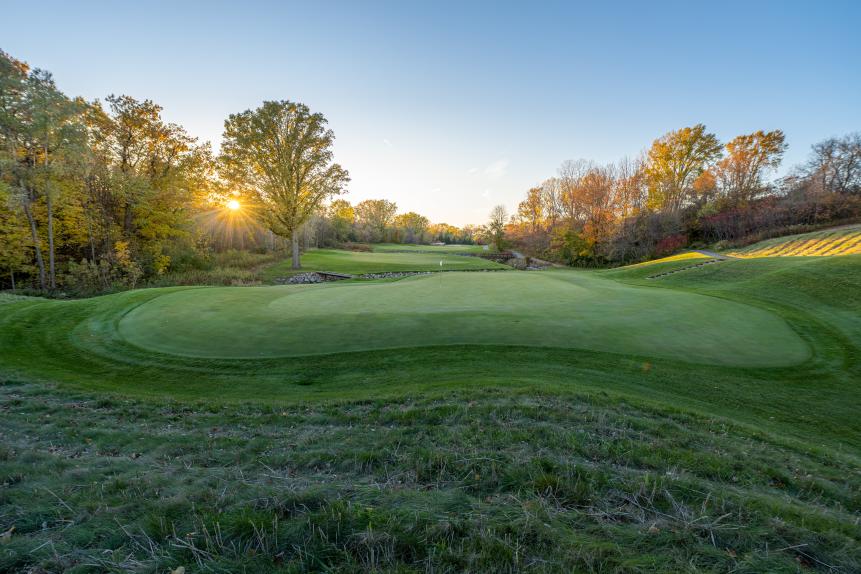Best in State
The best golf courses in Wisconsin
Few states—if any—can compete with Wisconsin on the public golf front. Public and resort courses are not only prevalent, they are excellent. Of the top 20 ranked courses in the state, 14 are open to public play, the highest pecentage of any state. Many are pricey resort courses like Whistling Straits, Blackwolf Run and Erin Hills with $300-$500 green fees, but others like The Bog, The Bull at Pinehurst Farms and Lac La Belle are a fraction of the price. Private golf is just as interesting and diverse, from classical era standouts like Milwaukee Country Club, designed by Charles Alison, and Blue Mound (Seth Raynor), to hidden gems like Pine Hills (Harry Snead, anyone?) and North Shore (Leonard Macomber).
Below you'll find our 2023-'24 ranking of the Best Golf Courses in Wisconsin.
We urge you to click through to each individual course page for bonus photography, drone footage and reviews from our course panelists. Plus, you can now leave your own ratings on the courses you’ve played … to make your case why your favorite should be ranked higher.
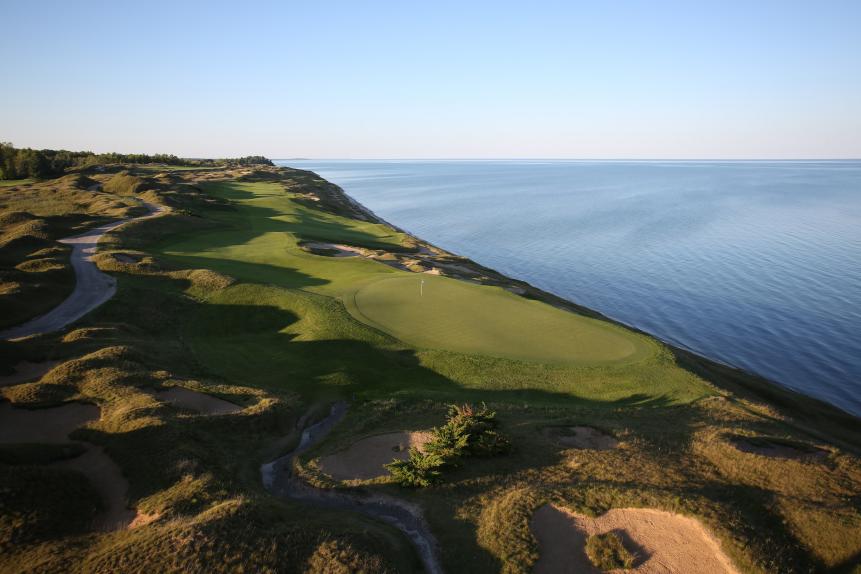

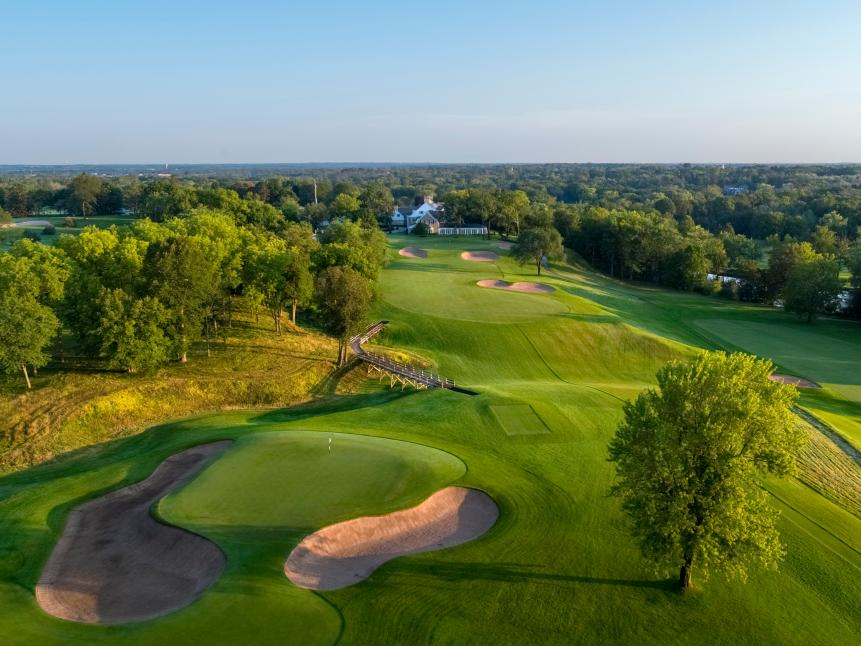
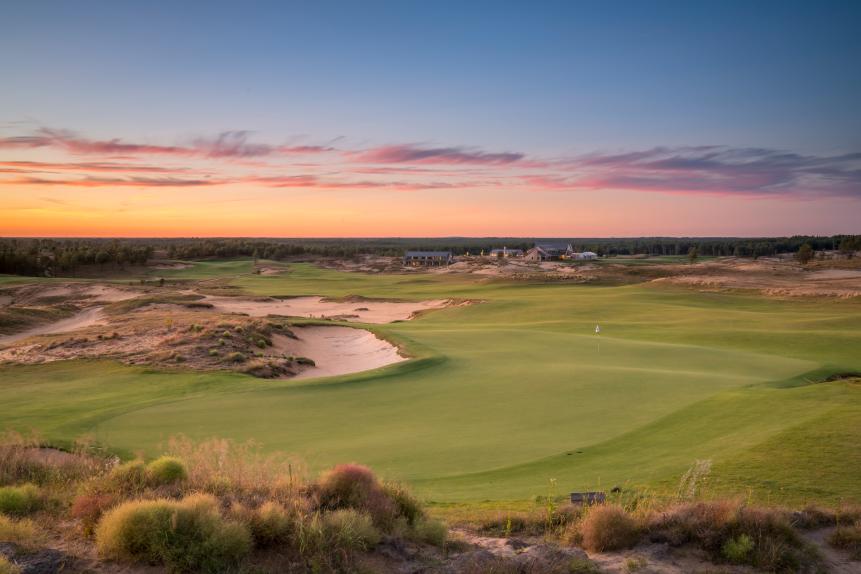
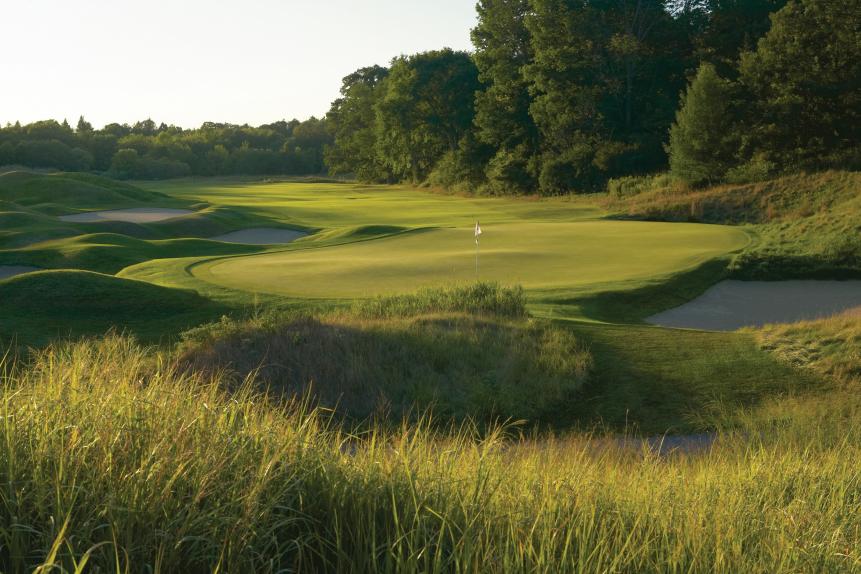
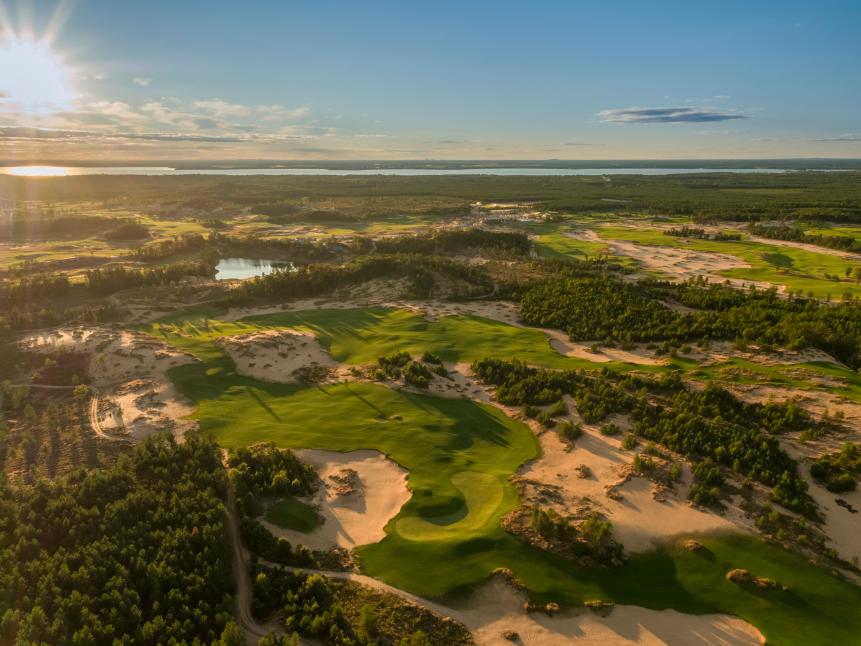
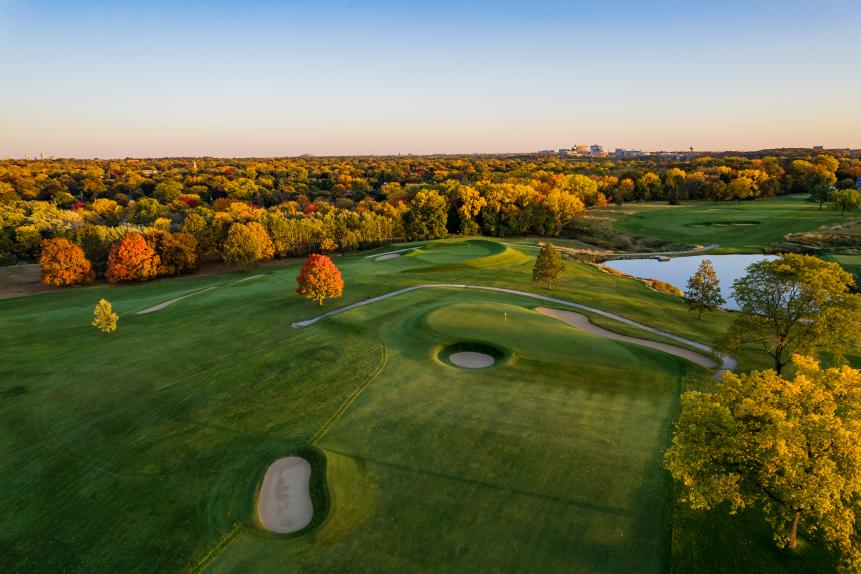
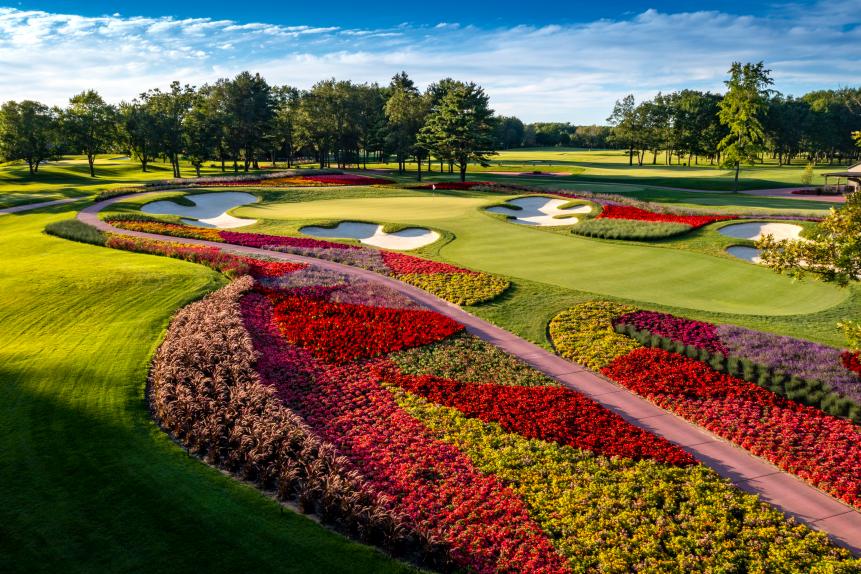
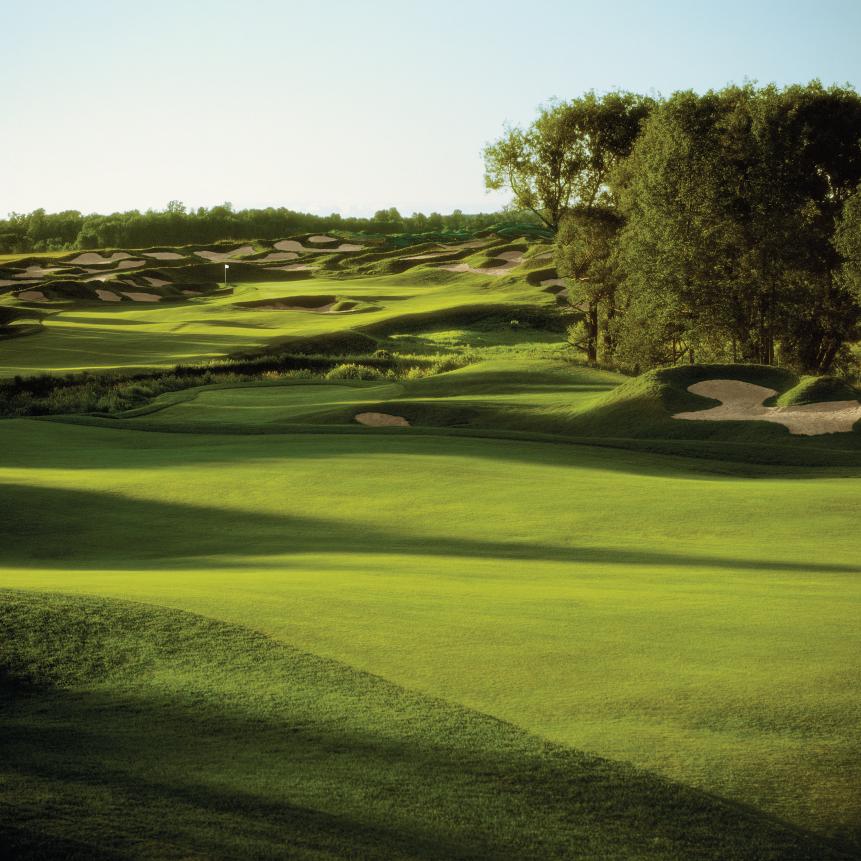
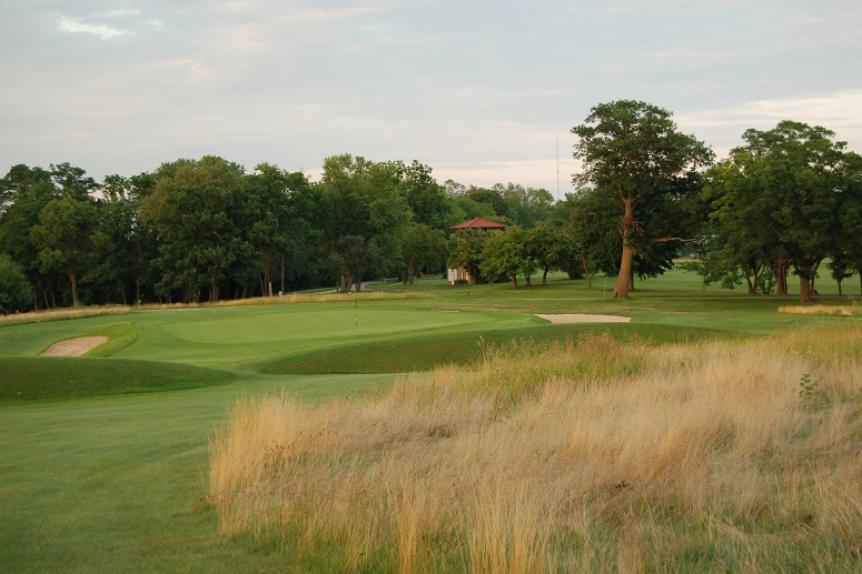
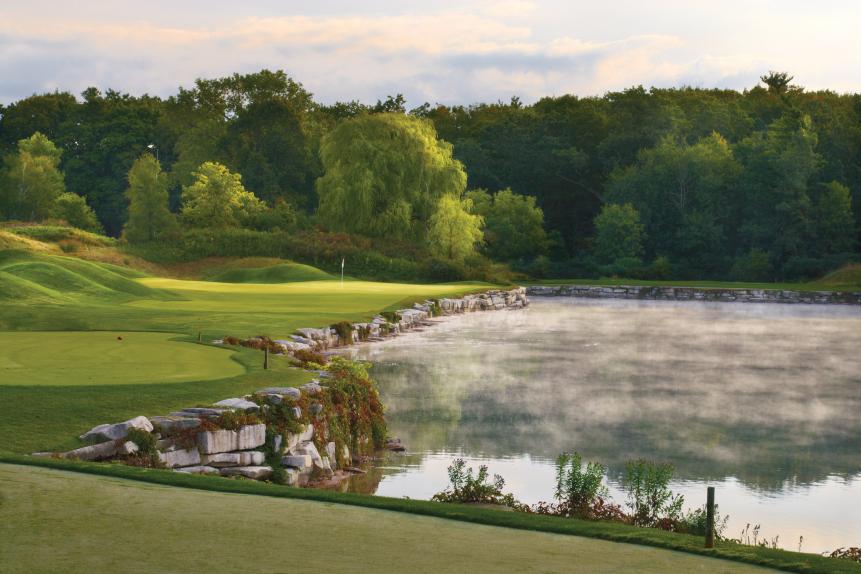
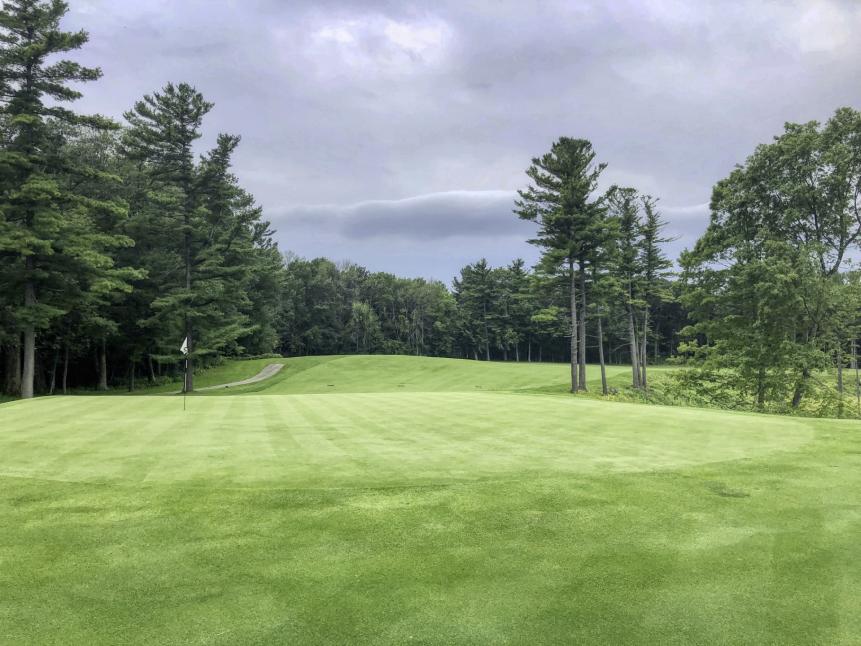
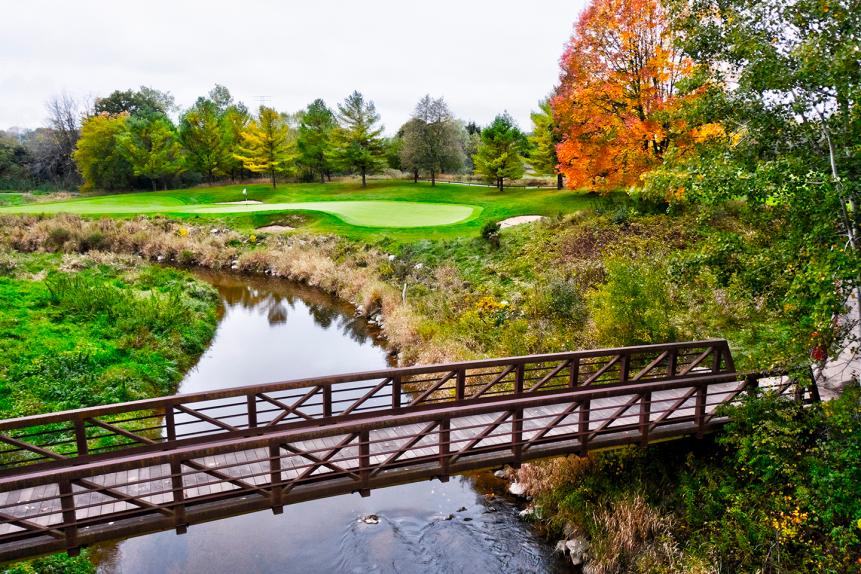
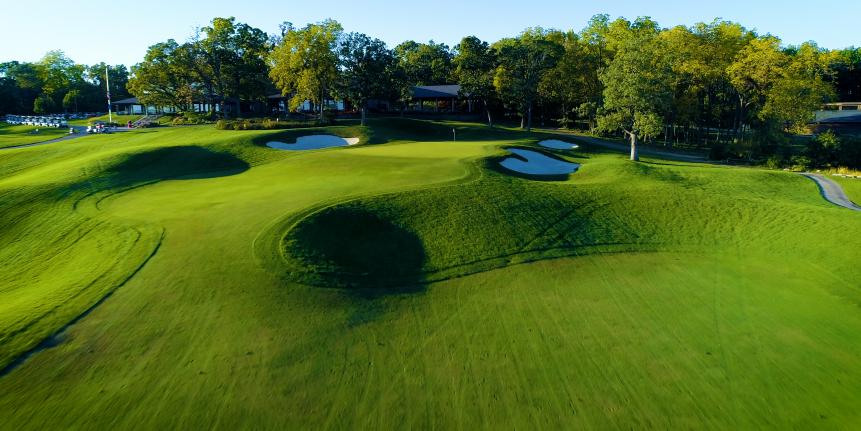
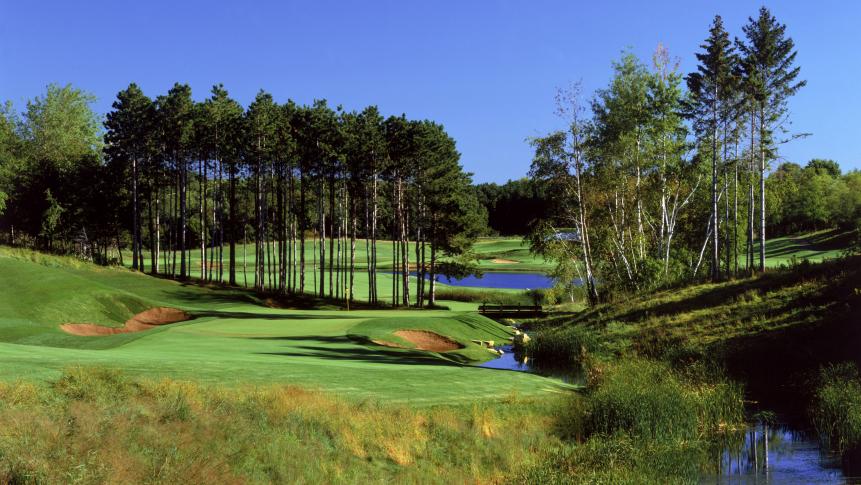
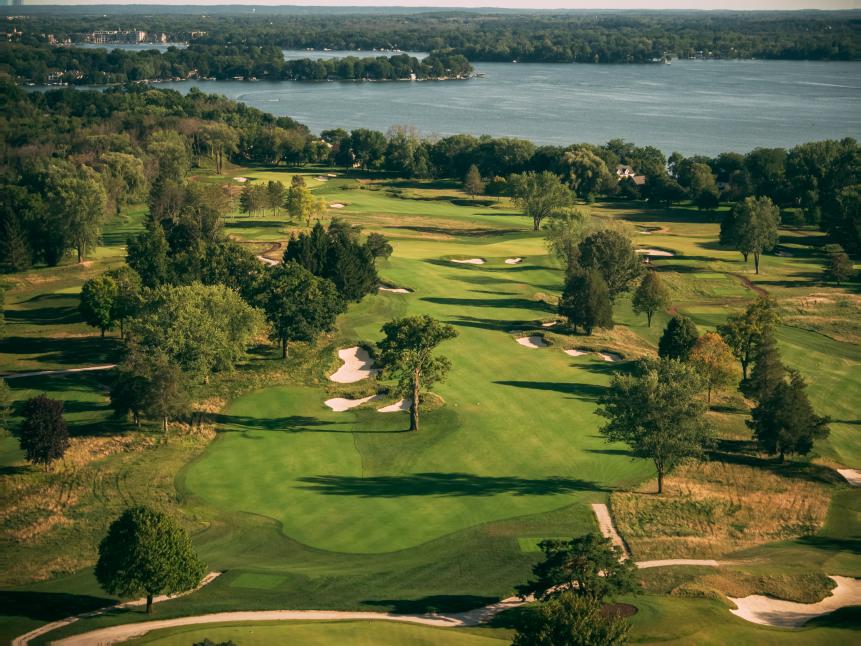
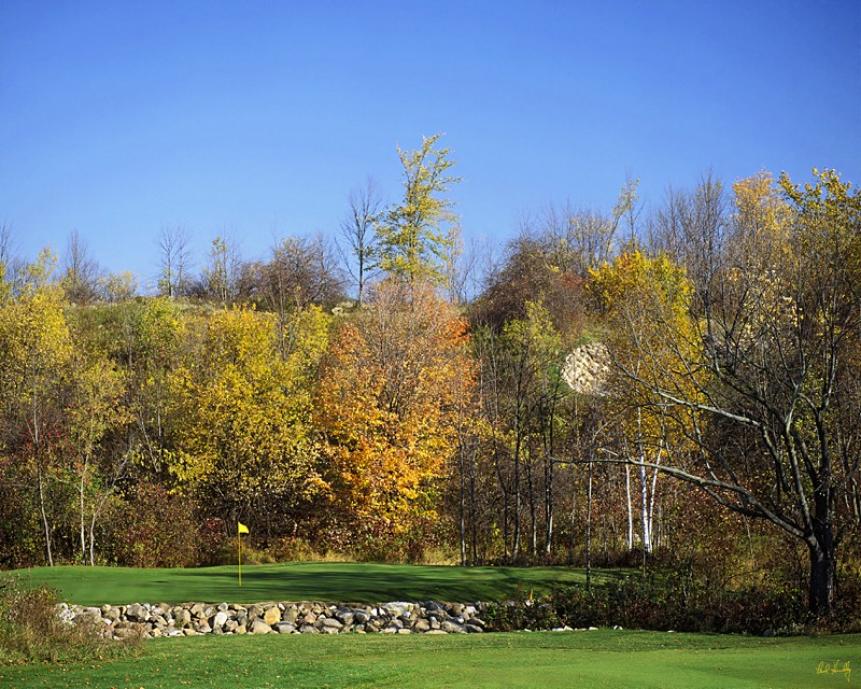
• • •
Explore Golf Digest's recently relaunched Places to Play community, where you can add star ratings and reviews for all the courses you play. We've collected tens of thousands of reviews from our course-ranking panelists to deliver a premium experience, which includes experts' opinions, bonus course photography and videos, plus much more. Check it out here!


